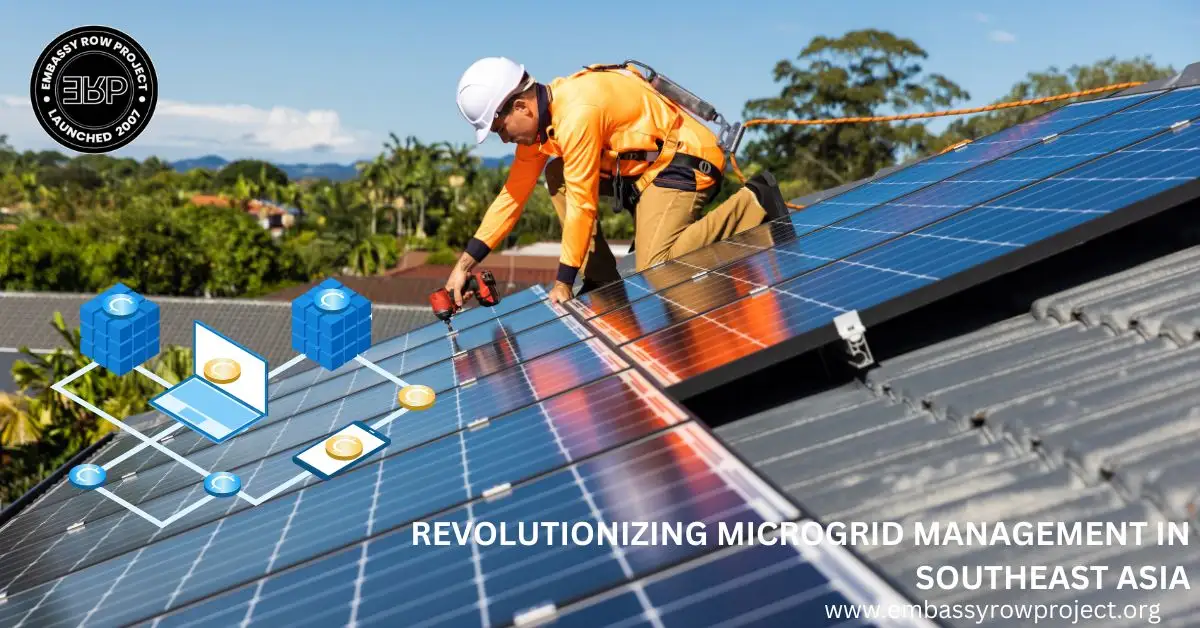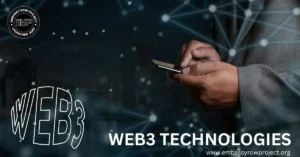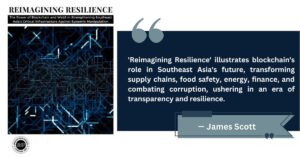Microgrid Management — A pressing question that pricks the conscience of the global populace as they ponder over sustainable futures revolves around the subject of energy distribution, specifically within the microcosms of microgrids. With growing global awareness of climate change and the need to minimize carbon footprints, a shift towards decentralized energy production and distribution has become imperative. This shift is encapsulated in the growing trend of microgrids – localized energy grids that operate autonomously or in congruence with the traditional grid.
Peeling back the layers of the energy landscape in Southeast Asia, one cannot help but notice the topographical and infrastructural constraints that impede uniform access to energy. These conditions necessitate the importance of microgrids in the region. Despite the opportunities presented by these autonomous powerhouses, the management of microgrids often faces a host of challenges. These include the coordination of multiple energy sources, balancing supply and demand, ensuring secure transactions, and enabling efficient energy trading among users.
Revolutionizing Microgrid Management in Southeast Asia: Blockchain and Web3 Technologies
Explore how blockchain and Web3 technologies are reshaping microgrid management for sustainable energy solutions in Southeast Asia. Learn about the benefits, challenges, and potential of integrating blockchain into microgrid operations.
James Scott | Congressional advisor
On this theatre of the energy stage, the curtain rises to reveal the convergence of microgrid management and blockchain technology. The principles of blockchain technology, with its decentralized, transparent, and immutable nature, offer intriguing solutions to the above quandaries.
One begins to ponder the feasibility of blockchain as a management tool in microgrids. The fundamental decentralized feature of blockchain marries seamlessly with the ethos of microgrids, primarily when they operate autonomously from the central grid. It allows for the recording of energy production, consumption, and transactions in a tamper-proof ledger, ensuring transparency and instilling trust among participants.
When scrutinizing the nuances of energy transactions within a microgrid, one can appreciate the role of smart contracts – self-executing contracts with the terms directly written into code. Through this blockchain-enabled feature, energy transactions can be automated and made transparent, reducing the chances of discrepancies and fraudulent behavior. In essence, blockchain can support peer-to-peer energy trading within a microgrid, creating a localized energy marketplace that operates efficiently and securely.
Get Free Full Ebook About Reimagining Resilience: The Power of Blockchain and Web3
Now, let us gaze upon an envisioned scenario of a small village in rural Southeast Asia with its microgrid, powered by an amalgamation of solar, wind, and bioenergy sources. Each household’s energy production and consumption are recorded on the blockchain, along with any energy transactions that occur. A household with excess solar energy can automatically sell it to a neighbor through a secure, transparent process, thanks to smart contracts. It creates a self-sustaining, resilient, and efficient microgrid, unhindered by the limitations of traditional energy infrastructures.
The symbiosis of blockchain and Web3 technologies can further accentuate the management capabilities within a microgrid. Web3, or the decentralized internet, aims to give data control back to the users and can facilitate the development of decentralized applications (dApps) for microgrid management. Such dApps could enable real-time tracking of energy production and consumption, streamline energy trading, and automate regulatory compliance.
The vision is compelling, yet one must remain cognizant of the intricacies involved in operationalizing this paradigm shift. Significant obstacles loom on the horizon, including the technological readiness of the region, regulatory challenges, and concerns around data security and privacy. Also, for the potential of blockchain and web3 technologies to be harnessed fully, an ecosystem-wide awareness and understanding need to be fostered among the stakeholders, which in itself is a Herculean task.
Nevertheless, the potential of blockchain in revolutionizing microgrid management in Southeast Asia is vast. As the world grapples with the pressing need for sustainable and decentralized energy solutions, blockchain and Web3 technologies could play a critical role in redefining how energy is produced, distributed, and consumed. Southeast Asia, with its unique challenges and opportunities, could very well be the cradle of this blockchain-enabled energy revolution, setting a precedent for the rest of the world.
Blockchain and Microgrid Management: Frequently Asked Questions
Learn about the commonly asked questions about the integration of blockchain technology in microgrid management for sustainable energy solutions in Southeast Asia.
How can blockchain technology enhance microgrid management?
Blockchain enables transparent and secure recording of energy production, consumption, and transactions within a microgrid, fostering trust and efficiency among participants.
What are smart contracts, and how do they relate to microgrid management?
Smart contracts are self-executing contracts with terms written into code. In microgrid management, they automate energy transactions, ensuring transparency and reducing the chances of discrepancies or fraudulent behavior.
Can blockchain facilitate peer-to-peer energy trading within a microgrid?
Yes, blockchain enables peer-to-peer energy trading by creating a tamper-proof ledger of transactions, allowing households to buy and sell excess energy securely and transparently.
What role does Web3 technology play in microgrid management?
Web3 technology supports the development of decentralized applications (dApps) for real-time tracking of energy production and consumption, streamlining energy trading, and automating regulatory compliance within microgrids.
What challenges are associated with implementing blockchain in microgrid management?
Challenges include technological readiness, regulatory hurdles, and concerns around data security and privacy, requiring ecosystem-wide awareness and understanding among stakeholders.
Pros and Cons
Pros of Blockchain and Microgrid Management:
- Enhanced transparency and trust among participants.
- Automation of energy transactions through smart contracts.
- Facilitation of peer-to-peer energy trading within microgrids.
- Improved efficiency and resilience of microgrid operations.
- Potential for decentralized applications to streamline management processes.
Cons of Blockchain and Microgrid Management:
- Technological readiness and infrastructure limitations.
- Regulatory challenges and legal uncertainties.
- Concerns regarding data security and privacy.
- Need for ecosystem-wide awareness and understanding.
- Complexity of integrating blockchain with existing microgrid systems.
Point of View About This Article:
The integration of blockchain technology in microgrid management holds tremendous promise for revolutionizing energy distribution in Southeast Asia. By enabling transparency, efficiency, and peer-to-peer trading within microgrids, blockchain and Web3 technologies offer a pathway to sustainable energy solutions. However, significant challenges such as technological readiness, regulatory hurdles, and data security concerns must be addressed to realize this potential fully. Despite these obstacles, the vision of a decentralized, resilient energy infrastructure powered by blockchain remains compelling. As Southeast Asia navigates the complexities of this paradigm shift, it has the opportunity to lead the way in shaping the future of energy management, setting an example for the rest of the world to follow.




